| 1 |
YOU C F, XU X C. Coal combustion and its pollution control in China[J]. Energy, 2010, 35(11): 4467-4472.
|
| 2 |
CHEN Zhichao, WANG Qingxiang, ZHANG Xiaoyan, et al. Industrial-scale investigations of anthracite combustion characteristics and NO emissions in a retrofitted 300 MWe down-fired utility boiler with swirl burners[J]. Applied Energy, 2017, 202: 169-177.
|
| 3 |
王建峰, 尤良洲, 胡妲, 等. “W”火焰锅炉脱硝超低排放技术与经济分析[J]. 中国电力, 2017, 50(3): 38-40, 70.
|
|
WANG Jianfeng, YOU Liangzhou, HU Da, et al. Technical and economical analysis on denitration ultral-low emission of W-flame boilers[J]. Electric Power, 2017, 50(3): 38-40, 70.
|
| 4 |
朱智. 贵州省“W”型火焰锅炉节能及超低排放的调研[J]. 中国电力, 2017, 50(8): 158-162.
|
|
ZHU Zhi. Research on the implementation of energy saving and ultra low emission technique in W-flame boilers in Guizhou Province[J]. Electric Power, 2017, 50(8): 158-162.
|
| 5 |
JAVED M T, IRFAN N, GIBBS B M. Control of combustion-generated nitrogen oxides by selective non-catalytic reduction[J]. Journal of Environmental Management, 2007, 83(3): 251-289.
|
| 6 |
XIA Zihong, LI Jian, WU Tingting, et al. CFD simulation of MSW combustion and SNCR in a commercial incinerator[J]. Waste Management, 2014, 34(9): 1609-1618.
|
| 7 |
陈赛, 贾明生, 郭明高, 等. SNCR脱硝技术在液态排渣煤粉工业锅炉中的应用[J]. 化工进展, 2020, 39(10): 4290-4296.
|
|
CHEN Sai, JIA Mingsheng, GUO Minggao, et al. Application of SNCR to reduction of NO x in an industrial scale slag-tap pulverized coal boiler[J]. Chemical Industry and Engineering Progress, 2020, 39(10): 4290-4296.
|
| 8 |
仇云霞, 王一东. SNCR+SCR联合脱硝技术在煤粉炉的应用[J]. 中国环保产业, 2016(10): 63-65.
|
|
QIU Yunxia, WANG Yidong. Application of SNCR & SCR combined denitration technology in pulverized coal boiler[J]. China Environmental Protection Industry, 2016(10): 63-65.
|
| 9 |
李穹, 吴玉新, 杨海瑞, 等. SNCR脱硝特性的模拟及优化[J]. 化工学报, 2013, 64(5): 1789-1796.
|
|
LI Qiong, WU Yuxin, YANG Hairui, et al. Simulation and optimization of SNCR process[J]. CIESC Journal, 2013, 64(5): 1789-1796.
|
| 10 |
吕洪坤, 杨卫娟, 周俊虎, 等. CO含量对烟气选择性非催化还原反应的影响[J]. 化工学报, 2009, 60(7): 1773-1780.
|
|
Hongkun LYU, YANG Weijuan, ZHOU Junhu, et al. Effects of CO content on selective non-catalytic reduction of NO x [J]. CIESC Journal, 2009, 60(7): 1773-1780.
|
| 11 |
杨用龙, 赵凯, 苏秋凤, 等. SNCR脱硝装置对CFB锅炉运行的影响研究[J]. 中国电力, 2015, 48(4): 23-26.
|
|
YANG Yonglong, ZHAO Kai, SU Qiufeng, et al. Influence of SNCR system on CFB boiler operation[J]. Electric Power, 2015, 48(4): 23-26.
|
| 12 |
陈海杰, 马务, 刘贡祎, 等. W火焰锅炉SNCR脱硝及其对SCR入口流场的影响[J]. 中国电力, 2019, 52(7): 146-153.
|
|
CHEN Haijie, MA Wu, LIU Gongyi, et al. Study on SNCR denitration of W-flame boiler and its effect on the flow field of SCR inlet section[J]. Electric Power, 2019, 52(7): 146-153.
|
| 13 |
沈文锋, 向柏祥, 张海, 等. 煤粉炉SNCR对SO3生成影响的数值模拟[J]. 化工学报, 2017, 68(8): 3225-3231.
|
|
SHEN Wenfeng, XIANG Baixiang, ZHANG Hai, et al. Numerical simulation on formation of SO3 during SNCR process in pulverized coal-fired boiler[J]. CIESC Journal, 2017, 68(8): 3225-3231.
|
| 14 |
吕洪坤, 杨卫娟, 周俊虎, 等. 化学计量比、雾化压力对电站锅炉SNCR脱硝的影响[J]. 化工学报, 2008, 59(11): 2898-2903.
|
|
Hongkun LYU, YANG Weijuan, ZHOU Junhu, et al. Impact of NSR and atomization pressure on SNCR used in power plant boiler[J]. Journal of Chemical Industry and Engineering (China), 2008, 59(11): 2898-2903.
|
| 15 |
朱小明,金保昇,雷达,等. 基于烟气参数对SNCR还原剂雾化粒径和喷入量的模拟优化[J]. 化工进展,2017, 36(2): 720-727.
|
|
ZHU Xiaoming, JIN Baosheng, LEI Da, et al. The simulative optimization of atomization diameter and spray flux of reductant based on fume parameters in selective non-catalytic reduction (SNCR) process[J]. Chemical Industry and Engineering Progress, 2017, 36(2): 720-727.
|
| 16 |
BAE S W, ROH S A, KIM S D. NO removal by reducing agents and additives in the selective non-catalytic reduction (SNCR) process[J]. Chemosphere, 2006, 65(1): 170-175.
|
| 17 |
CAO Qingxi, LIU Hui, WU Shaohua. Theoretical study of the influence of mixing on the selective noncatalytic reduction process with CH4 or H2 addition[J]. Industrial & Engineering Chemistry Research, 2011, 50(18): 10859-10864.
|
| 18 |
ROTA R, ZANOELO E F. Influence of oxygenated additives on the NOxOUT process efficiency[J]. Fuel, 2003, 82(7): 765-770.
|
| 19 |
CHEN Jianping, ISA K. Thermal decomposition of urea and urea derivatives by simultaneous TG/(DTA)/MS[J]. Journal of the Mass Spectrometry Society of Japan, 1998, 46(4): 299-303.
|
| 20 |
KOEBEL M, STRUTZ E O. Thermal and hydrolytic decomposition of urea for automotive selective catalytic reduction systems: thermochemical and practical aspects[J]. Industrial & Engineering Chemistry Research, 2003, 42(10): 2093-2100.
|
| 21 |
KASUYA F, GLARBORG P, JOHNSSON J E, et al. The thermal DeNOx process: influence of partial pressures and temperature[J]. Chemical Engineering Science, 1995, 50(9): 1455-1466.
|
| 22 |
何陆灿, 葛铭, 陈国庆, 等. 火电厂SCR脱硝系统喷氨优化调整[J]. 热力发电, 2019, 48(11): 129-134.
|
|
HE Lucan, GE Ming, CHEN Guoqing, et al. Optimization of ammonia-injection in SCR denitrification system of coal-fired power plants[J]. Thermal Power Generation, 2019, 48(11): 129-134.
|
| 23 |
周林华. SNCR气力式雾化喷嘴雾化特性的实验研究[D]. 杭州: 浙江大学, 2007: 47-48.
|
|
ZHOU Linhua. Experimental research on the atomization characteristics of air-blast spray nozzles for selective non-catalytic reduction system[D]. Hangzhou: Zhejiang University, 2007: 47-48.
|
 ), 陈国庆2, 黄林滨2, 古世军3, 李昌松3, 张勇1, 金保昇1(
), 陈国庆2, 黄林滨2, 古世军3, 李昌松3, 张勇1, 金保昇1( )
)
 ), CHEN Guoqing2, HUANG Linbin2, GU Shijun3, LI Changsong3, ZHANG Yong1, JIN Baosheng1(
), CHEN Guoqing2, HUANG Linbin2, GU Shijun3, LI Changsong3, ZHANG Yong1, JIN Baosheng1( )
)
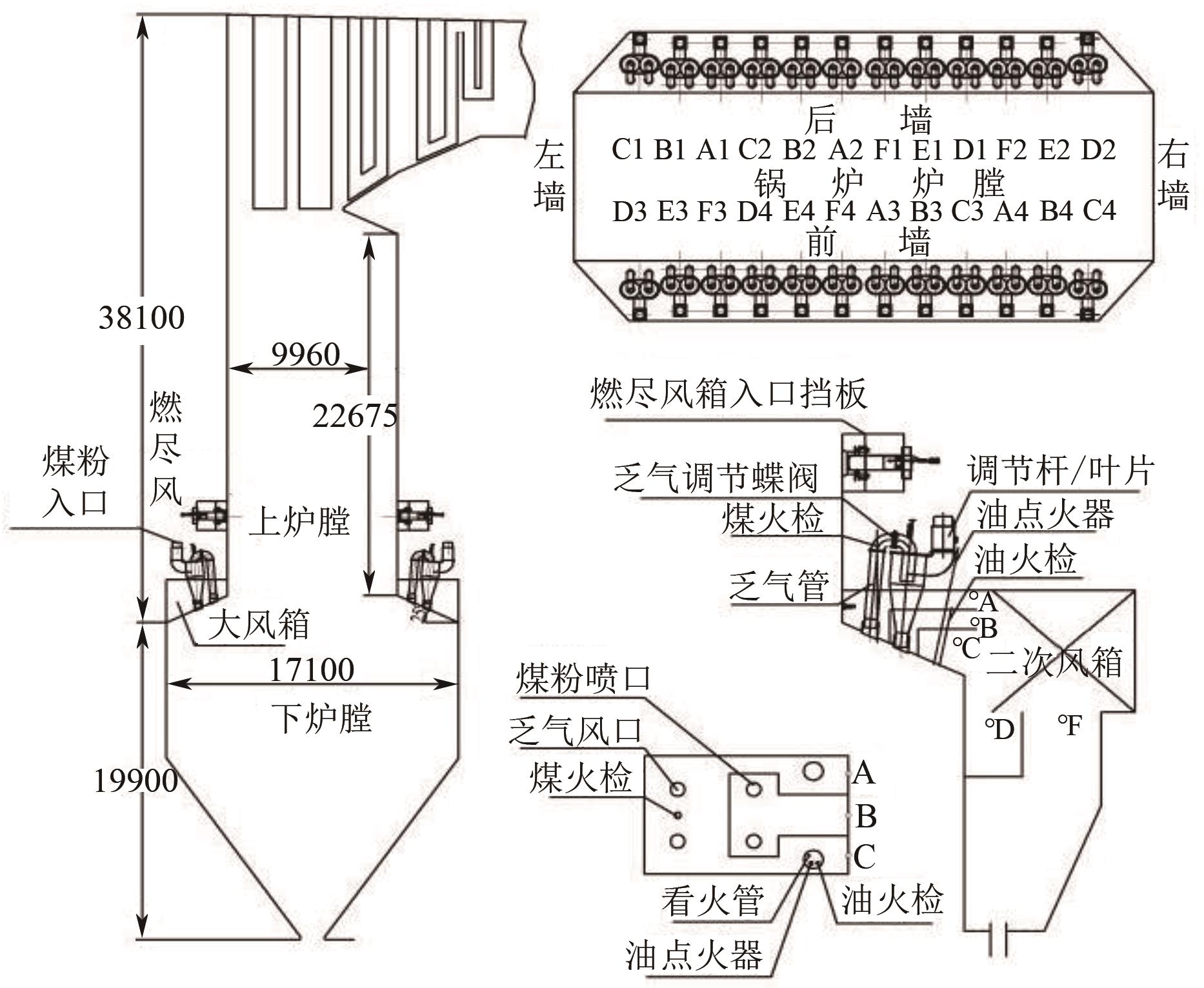

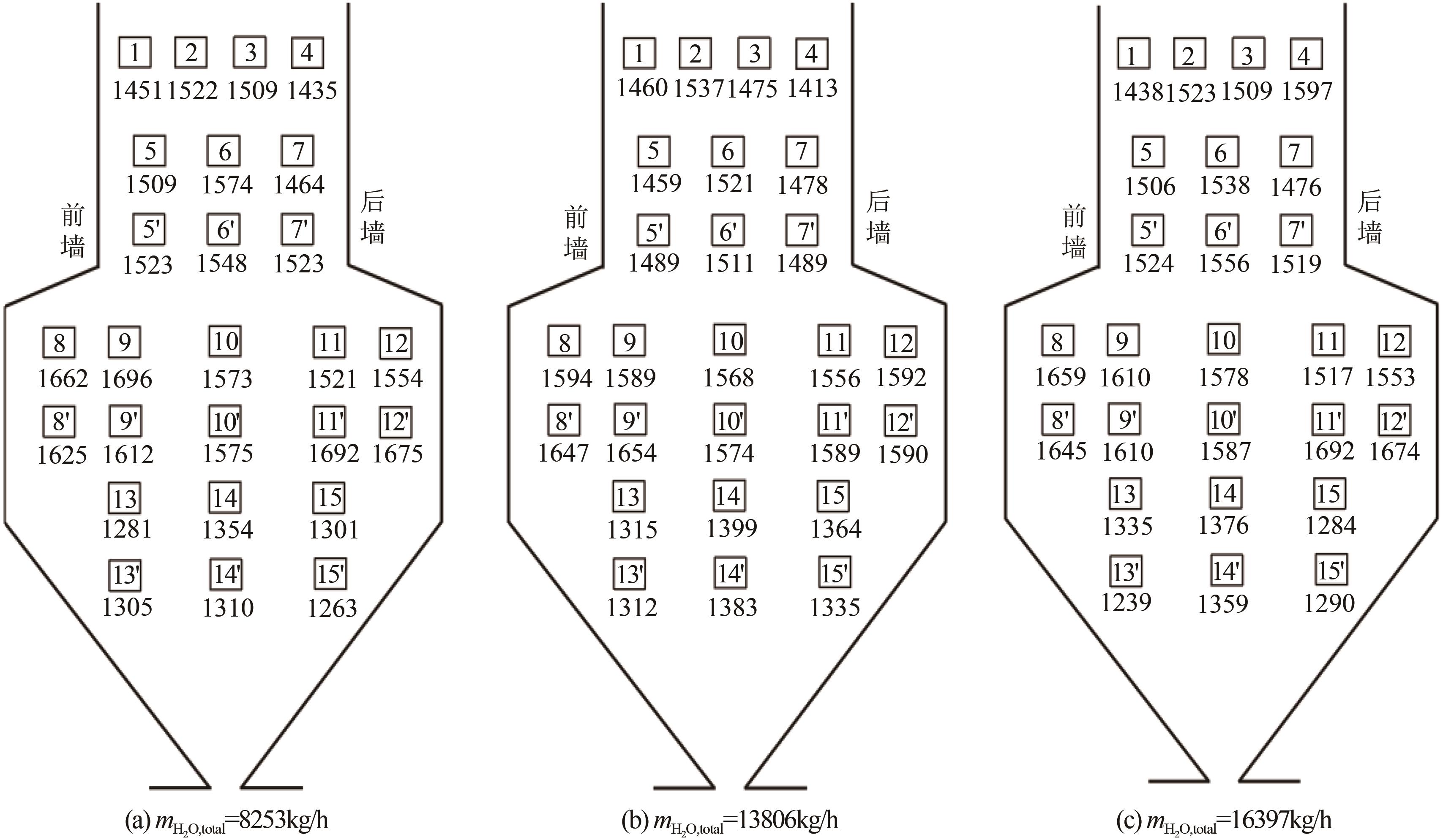
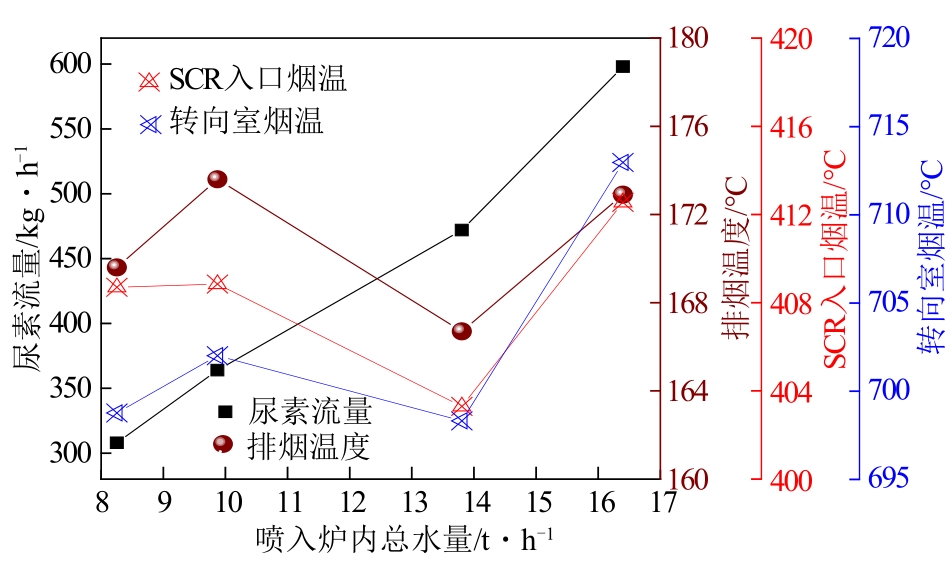
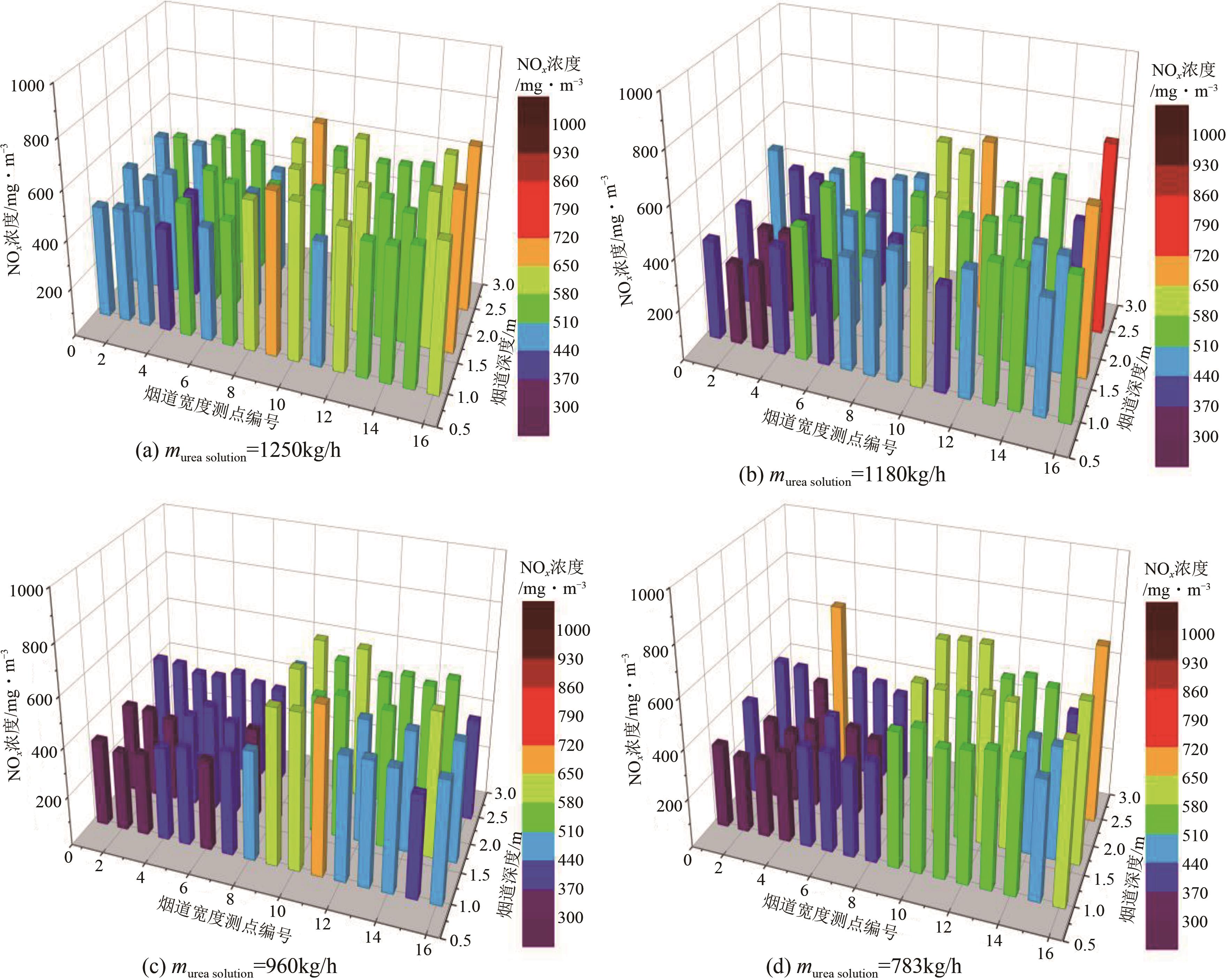
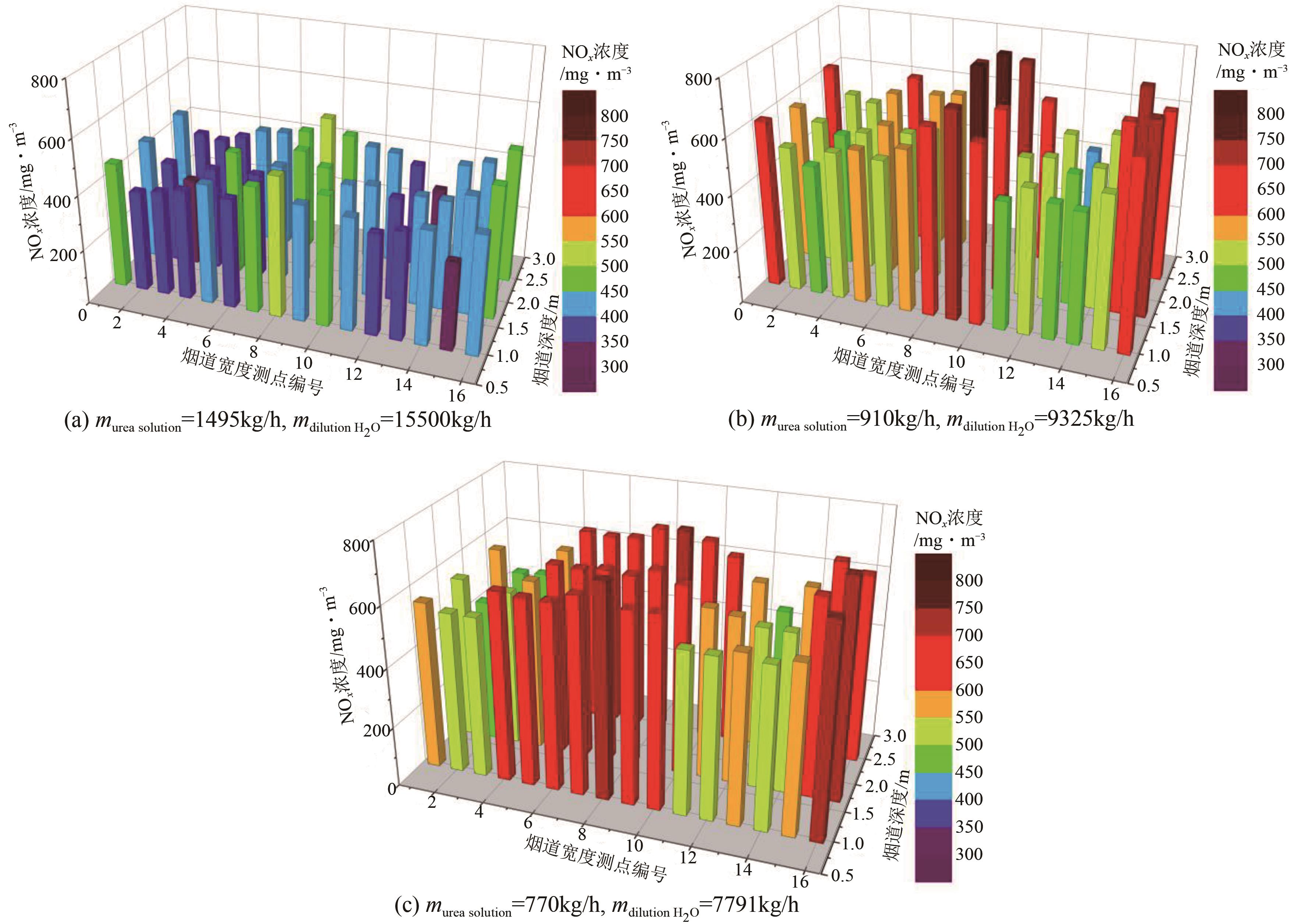
 英的减排现状及发展趋势
英的减排现状及发展趋势